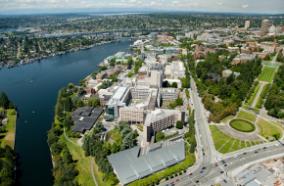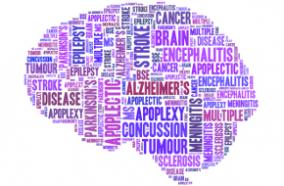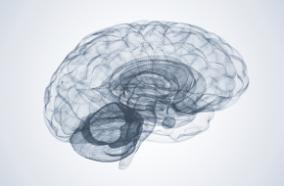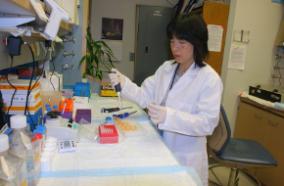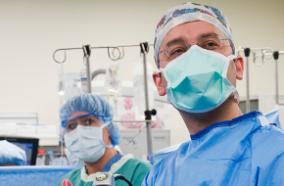Reversible, Position-Dependent Midbrain Compression in a Patient with Spontaneous Intracranial Hypotension.
Reversible, Position-Dependent Midbrain Compression in a Patient with Spontaneous Intracranial Hypotension.
World Neurosurg. 2019 Oct;130:293-297
Authors: Williams JR, Buckley R, Oushy S, Ruzevick J, Chesnut RM
Abstract
BACKGROUND: Intracranial hypotension is an underrecognized cause of spontaneous subdural hematoma. Failure to identify this entity and treat the underlying etiology can result in profoundly dangerous clinical consequences, prolonged and costly hospitalization, and caregiver fatigue, as seen in the case presented here.
CASE DESCRIPTION: We present a case of intracranial hypotension associated with a spontaneous cerebrospinal fluid (CSF) leak in the cervical spine leading to consistently reproducible herniation syndrome with head of bed elevation, and bilateral subdural hematomas as a result of a pressure gradient favoring downward migration of intracranial contents resulting in traction on bridging veins. This gradient promoted transtentorial herniation with resultant brainstem compression, leading to a prolonged intensive care unit stay, recurrent respiratory failure, and severe deconditioning. An exhaustive diagnostic workup uncovered a cervical root CSF leak with a nuclear medicine CSF flow study, which was successfully treated with nerve root ligation and dural closure. The patient recovered well postprocedurally and was able to return to baseline level of function.
CONCLUSIONS: This case demonstrates the importance of considering intracranial hypotension in cases of positional herniation syndrome and the necessity for early and aggressive attempts at identifying and treating the underlying cause to prevent unnecessary neurologic dysfunction and protracted medical care.
PMID: 31323415 [PubMed - indexed for MEDLINE]


